Northwest Miramichi II
Click on the artwork to view a larger image
framed dimension: 12.5 x 16.5 in.
Once you begin to dabble with monotype it's difficult to resist the temptation to continue exploring its endless possibilities, I stopped resisting twenty years ago. It was with this medium that the unrivalled master of monotypes, Edgar Degas, created his most inventive images, and was described by printing assistants, to be so steeped in black ink that he became the plate. The plate, in this case, being the metal surface on which he worked. Whatever metal or plastic plate you choose to use you are invariably on hostile territory as they are non-absorbent grounds impossible for oil paints or printing inks to penetrate.
There are many technical approaches to monotyping, allowing for a wide variety of results. The most common and easily recognizable ones are made by the 'dark field' method, where the artist makes a work through the gradual removal of ink and letting in the light to reveal the image. Searching to widen the scope of possibilities and wanting to create more depths, I have invented my own method. I mostly begin by working into the tiny pixels of a zinc plate an ambitious amount of printer’s ink. Depending on the work to be done, I spread warm or cold colours in patches. With all sorts of tools, I start drawing the subject matter, waiting for that mysterious moment when the picture comes alive and decides to pursue a life of its own. The plate becomes the battleground where I put my technical skills at the disposal of my own thoughts against the will of the plate itself. With a sleight of hand, images come and go; accidental marks inevitably appear as friends or foes. Doubt and certainty hover until the plate is well and truly pressed to finally be revealed for inspection.
I hope that, by the very fact that these works are not immediately recognizable as monotypes, they will continue to expand and renew this medium.
-Francis Wishart,




